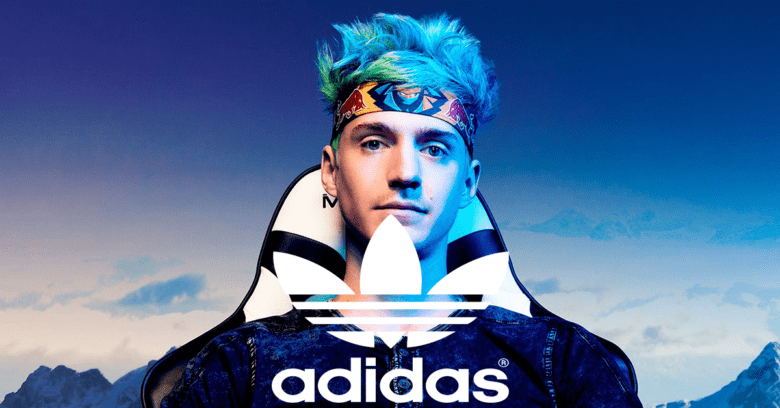In an era when artificial intelligence can play chess to defeat international masters, artificial intelligence's "creative" work, especially advertising creativity, has always been considered potentially a disruptor for the digital advertising world.
AI has been utilized in advertising for quite some time. The combination of artificial intelligence and digital advertising has long been around. In terms of precision advertising, artificial intelligence provides powerful technical support for accurate reach of advertising users. Recently, the continuous development of artificial intelligence has provided a greater development space for mobile advertising-creative design and customization of advertising.
For example, Google's BERT technology can process one word in the context of all other terms in a sentence, rather than one after another. BERT also enables anyone to train their latest question answering system. The customization of search results and result pages based on the learning of the user's past interactions and preferences is another application of machine learning used in search. Many advertising technology companies have been committed to using AI and machine learning to find suitable audiences to write better ads than humans and to increase conversion rates and interactions with target audiences. There are also some AI-led developments in creating dynamic advertisements and landing pages to personalize marketing messages in real-time. AI has certain applications in content creation. It can use technologies such as natural language generation (NLG) to determine the logic of individualization and manage individual-specific content. According to the goals set by advertisers, Google uses various contextual signals (through search data) to predict user behavior and influence bidding. Facebook also incorporated machine learning into the planning and execution of campaigns, as well as ad placement and ad placement. Similarly, in terms of natural search, the machine learning-based product ALPS reverse-engineered Google's ranking algorithm, and can accurately quantify ranking drivers, provide accurate suggestions for changes, and predict the effects of SEO measures before they are implemented.
Artificial intelligence brings more possibilities for advertising innovation. And novel advertising forms can increase the interest of advertising, attract users, and bring higher conversions. Advertising forms have been continuously innovated since their development, including rich advertising forms such as incentive videos, native information stream videos, and native advertisements. The personalized presentation of mobile advertising can optimize advertising effects. At present, many mobile third-parties use specialized mobile advertising creative design teams to design more creative advertisements using artificial intelligence technology. For example, Mobvista has established a creative laboratory dedicated to digital advertising. It designs and develops new advertising ideas for various advertising formats, including Playable, Interactive Endcard, AR/VR, panoramic, etc., and then combines cutting-edge algorithm frameworks for interactive materials Automated generation and production. Through the innovative system of advertising combined with AI technology, it can bring the ultimate interactive experience to users, and achieve a win-win situation for advertisers, delivery platforms, and traffic.
At the same time, artificial intelligence is also a hotbed of customized and personalized advertising. Big data is the foundation of artificial intelligence. Based on user portraits generated by big data, artificial intelligence can help advertisers identify consumers or potential consumers, quickly analyze and decide what users need, and design more personalized advertisements. And how to deliver and display with the material creation that can most touch the user's mind, which includes multi-dimensional and multi-level optimization work: the generation of personalized advertising templates, the dynamic filling of personalized materials, and the optimal combination of presentation. In the future, with the assistance of artificial intelligence, companies no longer need to rely on lifeless surface data to "guess" the response of the consumer market and can customize unique advertising experiences according to consumers' preferences and needs.
AI certainly brings better technical capabilities to digital advertising. Only when technology is used as a tool to serve creativity can the best publicity effect be achieved.
/cdn.vox-cdn.com/uploads/chorus_asset/file/19537635/191024_FW19aO_NITEJOGGER_NINJA_GIF2.jpg)




